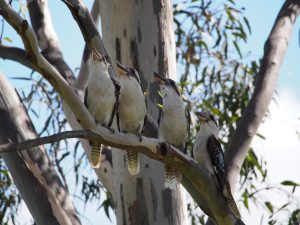Even as the mushroom is having its moment in popular culture, we tend to think of fungi as passive, plant-like and distinctly other. But human existence depends on a complex set of transactions with the fungi that live on our bodies and populate the surrounding environment. Mycologist Nicholas P. Money takes a closer look at fungal behaviour, revealing life-forms with uncanny similarities to ourselves. The Niitsitapi, or Blackfoot Indians, imagined that giant puffballs were created by fallen stars. They painted the fruit bodies of these globose fungi as white circles arising from a dark band along the bottom edge of tipi covers to symbolize the birth of life. In our era of global environmental damage, a strain of this indigenous reverence for fungi has been adopted as a symbol of hope.Mushrooms have been embraced as emblems of beauty and countercultural cool in film and fashion, music, best-selling books, and inspirational lectures. Art instal…
Read the full article which is published on IAI TV (external link)





